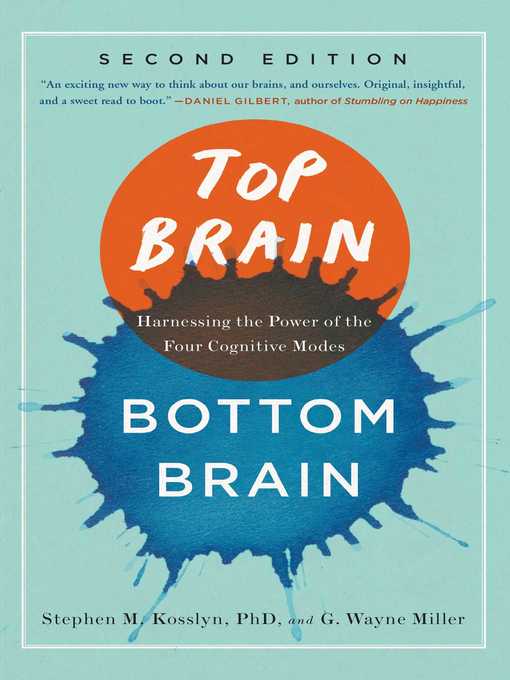
Top Brain, Bottom Brain
Surprising Insights into How You Think
کتاب های مرتبط
- اطلاعات
- نقد و بررسی
- دیدگاه کاربران
نقد و بررسی

September 23, 2013
The idea that the brain is divided between its two halves, the analytical left and more creative right, seems established as scientific fact. However, Kosslyn, with co-writer Miller, seeks to shift the focus instead towards a top/bottom approach. Much of the author’s approach does not propose a discovery of new information but instead a reorganization of the brain’s already proven systems. A good part of the book is spent rehashing, and in some cases reinterpreting, previous groundbreaking studies—for example, the famous case of Phineas Gage, who’s left frontal lobe was destroyed when an iron rod was driven through his skull—in light of their new model. The authors organize their framework through four cognitive styles: mover, adapter, stimulator, and perceiver. Here the book’s argument shifts from science to social comparison, as each style is demonstrated through celebrity examples, from Stephen Colbert to Michael Bloomberg to Emily Dickinson. At times the foundation of the top-bottom schema seems more semantic than scientific; in fact, the authors confess this, to some extent, when they note that their theories have not yet been tested. Of course, it could be argued that much of science rests on semantics—in which case, this study is an invigorating thought-experiment on reassembling the brain’s dynamic parts. (Nov).

June 15, 2013
Right brainers are presumably intuitive and left brainers analytical, but Kosslyn says there's no scientific proof. Director of the Center for Advanced Study in the Behavioral Sciences at Stanford University, he instead argues that the brain operates according to patterns best described as mover, adaptor, stimulator, and perceiver. What's your pattern? Take the test.
Copyright 2013 Library Journal, LLC Used with permission.

























دیدگاه کاربران